Are you struggling to get your website noticed? Buying on-page SEO can be the game-changer you need.
Imagine your site ranking higher on search engines, attracting more visitors, and turning clicks into customers. This isn’t just a dream—it’s something you can achieve by focusing on the right SEO strategies tailored for your pages. You’ll discover why buying on-page SEO is smart, how it works, and how it can boost your online success quickly.
Ready to unlock the full potential of your website? Keep reading to learn more.
Why On-page Seo Matters
On-page SEO is key to helping your website rank better on search engines. It focuses on optimizing elements within your web pages. This makes your content clear and easy to find for both users and search engines.
Good on-page SEO improves user experience and boosts your site’s visibility. It ensures that search engines understand your page content well. This leads to higher rankings and more organic traffic.
Improves Search Engine Rankings
Search engines look for relevant and well-structured content. On-page SEO helps meet these criteria. It tells search engines what your page is about. This increases the chance to appear higher in search results.
Enhances User Experience
Clear titles, headings, and easy navigation help users. When visitors find information quickly, they stay longer. Good on-page SEO makes your site user-friendly. This lowers bounce rates and encourages repeat visits.
Increases Website Traffic
Higher rankings bring more clicks from search results. Optimized pages attract visitors searching for your topics. This leads to more people visiting your website. More traffic can mean more customers or readers.
Supports Other Seo Efforts
On-page SEO works well with off-page strategies. It creates a strong foundation for link building and social media. Well-optimized pages gain better results from other marketing efforts. This helps build your overall online presence.
Key Elements Of On-page Seo
On-page SEO helps search engines understand your website better. It improves your site’s ranking and user experience. Key elements focus on clear signals for both visitors and search engines. Each part plays a role in boosting visibility and clicks.
Title Tags
Title tags show the main topic of a page. They appear in search results and browser tabs. A good title tag is clear, concise, and includes important keywords. It should not be too long, about 50-60 characters.
Strong title tags attract clicks and improve ranking. They must match the content on the page. Avoid keyword stuffing to keep it natural and readable.
Meta Descriptions
Meta descriptions summarize the page content in search results. They help users decide to visit your page or not. Write descriptions that are short, around 150-160 characters. Use active language and include target keywords.
Well-crafted meta descriptions increase the chance of clicks. They should explain the page’s value clearly and briefly. Avoid copying content directly from the page.
Header Tags
Header tags organize content into sections. They range from H1 to H6, with H1 as the main heading. Use headers to break text into easy parts. This helps readers and search engines understand the structure.
Include keywords naturally in headers. Avoid using multiple H1 tags on one page. Proper header use improves readability and SEO strength.
Optimizing Content For Search Engines
Optimizing content for search engines is key to improving your website’s visibility. It helps search engines understand your pages better. This means your site can appear higher in search results. Good optimization also makes your content clear and useful for readers.
Keyword Placement
Placing keywords correctly helps search engines find your content. Use main keywords in the title and headers. Include them naturally in the first 100 words. Spread keywords evenly throughout the text. Avoid stuffing keywords as it can harm rankings.
Content Quality
High-quality content keeps visitors interested and engaged. Write clear and simple sentences. Provide useful and accurate information. Avoid copying content from other sites. Original content builds trust and authority with readers and search engines.
User Intent
Understand what users want when they search. Create content that answers their questions. Match the content to different search types: informational, navigational, or transactional. Meeting user intent improves satisfaction and site ranking.
Improving Site Structure
Improving site structure is vital for both users and search engines. A clear structure helps visitors find information quickly. It also allows search engines to understand and rank your pages better. Simple and organized site structure can increase traffic and improve user experience.
Url Optimization
Clean URLs are easy to read and remember. Use keywords that match the page content. Avoid long strings of numbers or symbols. Short and descriptive URLs help search engines index your pages. They also build trust with visitors.
Internal Linking
Internal links connect your web pages. They guide users to related content. Use relevant anchor text for links. Good internal linking improves site navigation. It spreads link value across pages, boosting SEO.
Navigation
Simple navigation helps users move through your site. Use clear menus with logical categories. Avoid too many menu items to reduce confusion. Ensure navigation works well on mobile devices. Good navigation keeps visitors engaged longer.
Enhancing Page Speed
Enhancing page speed is essential for a good website experience. Fast pages keep visitors happy and reduce bounce rates. Search engines also prefer quick-loading sites, improving your ranking. Focus on key areas to boost your page speed efficiently.
Image Optimization
Large images slow down your site. Compress images without losing quality. Use the right file format like JPEG or WebP. Resize images to fit the display size. This reduces load time and improves speed.
Minimizing Code
Excess code causes delays in page loading. Remove unnecessary spaces, comments, and characters. Combine CSS and JavaScript files to reduce requests. Clean code helps browsers load pages faster.
Caching Techniques
Caching stores parts of your website for quick access. It reduces server load and speeds up page delivery. Use browser caching to save static files on user devices. Server-side caching also improves response time.
Mobile-friendly Seo Tactics
Mobile-friendly SEO tactics are essential for better search rankings. Mobile users expect fast, easy-to-use websites. Websites that work well on phones gain more traffic and keep visitors longer. Optimizing for mobile means focusing on design, usability, and speed. This section covers key tactics to improve your mobile SEO.
Responsive Design
Responsive design adjusts your website layout to fit any screen size. It ensures content looks good on phones, tablets, and desktops. This design method uses flexible grids and images. It avoids the need for separate mobile sites. Responsive design improves user experience and reduces bounce rates. Search engines prefer sites that adapt well to mobile devices.
Mobile Usability
Mobile usability means making your site easy to use on small screens. Buttons should be large enough to tap easily. Text must be clear and readable without zooming. Navigation should be simple and intuitive. Avoid pop-ups that cover content on mobile. Good usability keeps users engaged and helps with SEO rankings.
Accelerated Mobile Pages
Accelerated Mobile Pages (AMP) load web pages very fast on mobile. AMP strips unnecessary code to speed up loading times. Faster pages reduce user frustration and lower bounce rates. Search engines favor quick-loading pages for mobile searches. Implementing AMP can improve visibility and user experience on phones.
Using Schema Markup
Using schema markup helps search engines understand your website content better. It adds extra information to your HTML code. This makes your site more visible in search results. Schema markup can improve the way your pages appear. It can show ratings, prices, events, and more.
Types Of Schema
There are many types of schema markup. Common types include Product, Article, Event, and Review. Product schema shows details like price and availability. Article schema highlights the author and publish date. Event schema gives information about dates and locations. Review schema displays star ratings and feedback. Choose the type that fits your content best.
Benefits For Seo
Schema markup can boost your SEO rankings. It helps search engines show rich snippets. Rich snippets attract more clicks from users. This increases your website traffic. Schema also reduces bounce rates. Visitors find the information they want quickly. This leads to better user experience and higher trust.
Implementation Tips
Add schema markup directly to your HTML code. Use tools like Google’s Structured Data Markup Helper. Test your markup with Google’s Rich Results Test tool. Keep the code clean and error-free. Start with important pages like home, products, or blog posts. Update schema regularly to keep data accurate. Proper implementation ensures maximum SEO benefits.
Measuring On-page Seo Success
Measuring on-page SEO success is essential to know if your efforts work. Tracking progress helps improve your website’s rankings and user experience. Without measurement, you cannot tell what changes bring results.
Focus on data that shows how visitors interact with your pages. This data guides your next steps and helps avoid wasted effort. Use clear metrics to monitor and adjust your SEO strategy over time.
Analytics Tools
Analytics tools collect data about your website’s traffic and user behavior. Google Analytics is a popular option for tracking visits and engagement. Other tools like Google Search Console show how your site performs in search results.
These tools reveal which pages get the most traffic and where visitors come from. They also show bounce rates and average time spent on pages. This information helps identify strong and weak spots in your SEO.
Key Performance Indicators
Key Performance Indicators (KPIs) measure specific SEO goals. Common KPIs include organic traffic, keyword rankings, and click-through rates. Monitoring these numbers shows how well your pages rank and attract visitors.
Track conversion rates to see if visitors complete desired actions. Lower bounce rates often mean visitors find your content useful. These indicators highlight areas needing improvement or further optimization.
Adjusting Strategies
Use collected data to adjust your SEO tactics. Improve content, update keywords, or fix technical issues based on insights. Regularly review performance to keep your strategy effective.
Small changes can boost rankings and user engagement. Testing different approaches helps find what works best for your site. Continuous adjustment ensures your SEO stays aligned with your goals.
Common On-page Seo Mistakes To Avoid
On-page SEO is key to improving website rankings. Many websites miss simple steps that hurt their SEO. Avoiding common mistakes can boost your site’s visibility. Small errors can cause big drops in search results. Focus on fixing these issues to help your site perform better.
Keyword Stuffing
Keyword stuffing means using the same keyword too much. It makes the text hard to read. Search engines can see this and may lower your ranking. Use keywords naturally and only when needed. Write for people, not just for search engines.
Duplicate Content
Duplicate content is copying the same text on different pages. Search engines do not know which page to show. This can confuse them and reduce your ranking. Always create unique content for each page. Check your site for repeated text often.
Poor User Experience
User experience affects SEO a lot. Slow loading pages and hard navigation hurt visitors. If users leave quickly, search engines notice. Make your site easy to use and fast to load. Clear menus and simple design keep visitors longer.
Choosing Expert On-page Seo Services
Choosing expert on-page SEO services matters for your website’s success. Good SEO improves your site’s visibility. It brings more visitors and potential customers. Experts know how to optimize your content and structure. They use proven methods that follow search engine rules. This ensures your site ranks higher and stays there. Investing in professional help saves time and effort. It lets you focus on your business while experts handle SEO.
What To Look For
Find services with a clear SEO strategy. They should analyze your website carefully. Check if they optimize titles, headers, and meta tags. Content quality and keyword use must be strong. Technical SEO, like site speed and mobile-friendliness, is essential. The team should have good communication and reports. Look for experience and positive client reviews. Avoid services that promise quick fixes or use black-hat tactics.
Benefits Of Professional Help
Experts improve your site’s search ranking steadily. They increase organic traffic without extra ad costs. Professional SEO saves your time and energy. It helps avoid common mistakes that can hurt ranking. Your website will load faster and work well on phones. Quality SEO improves user experience and engagement. The result is more leads, sales, and business growth.
Getting Started
Begin by identifying your SEO goals. Share your website details and challenges with the experts. Ask for a clear plan with timelines and results. Set a budget that fits your needs. Monitor progress and communicate regularly with the team. Be open to suggestions and improvements. Consistency in SEO work leads to lasting success.
Frequently Asked Questions
What Is On-page Seo And Why Should I Buy It?
On-Page SEO improves your website’s content and structure for better search rankings.
How Does Buying On-page Seo Help My Website?
It saves time and ensures experts optimize your pages correctly for search engines.
What Key Elements Are Included In On-page Seo Services?
Services often include keyword use, meta tags, headers, content quality, and site speed.
Can Buying On-page Seo Improve My Google Ranking Fast?
It helps your site follow SEO best practices, which can improve rankings over time.
Is On-page Seo Different From Off-page Seo?
Yes, On-Page SEO focuses on your site, while Off-Page SEO involves links and shares.
How Do Keywords Affect On-page Seo Effectiveness?
Correct keywords make your content visible to people searching for your products or services.
Will Buying On-page Seo Fix My Website’s Technical Issues?
It may include fixing technical issues that affect user experience and search engine crawling.
How Often Should On-page Seo Be Updated After Purchase?
SEO should be reviewed regularly to keep up with search engine changes and trends.
Can On-page Seo Increase My Website’s Traffic?
Better SEO makes your site easier to find, which can lead to more visitors.
What Should I Check Before Buying On-page Seo Services?
Look for clear service details, experience, and examples of past successful SEO work.
Conclusion
Buying on-page SEO services can boost your website’s visibility. Good SEO helps search engines find your pages faster. It improves your site’s ranking and brings more visitors. Simple steps like keyword use and content updates make a big difference. Choose services that focus on clear, honest work.
This helps your business grow steadily and reach the right audience. Start investing in on-page SEO to see steady online growth and better results.

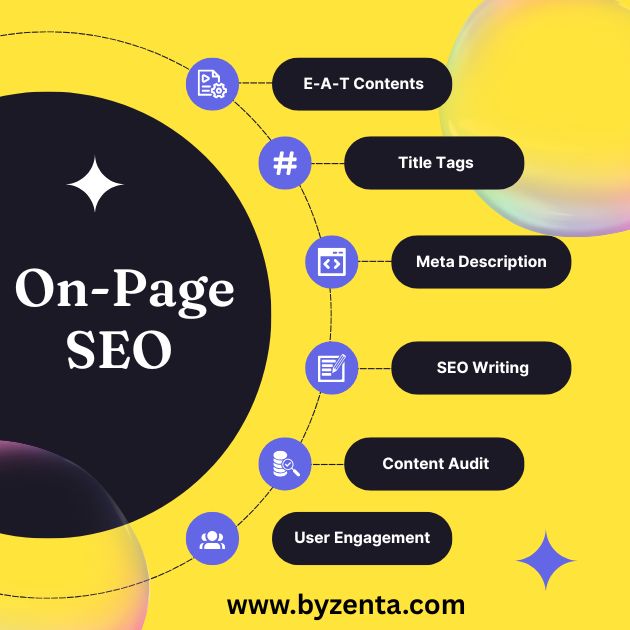
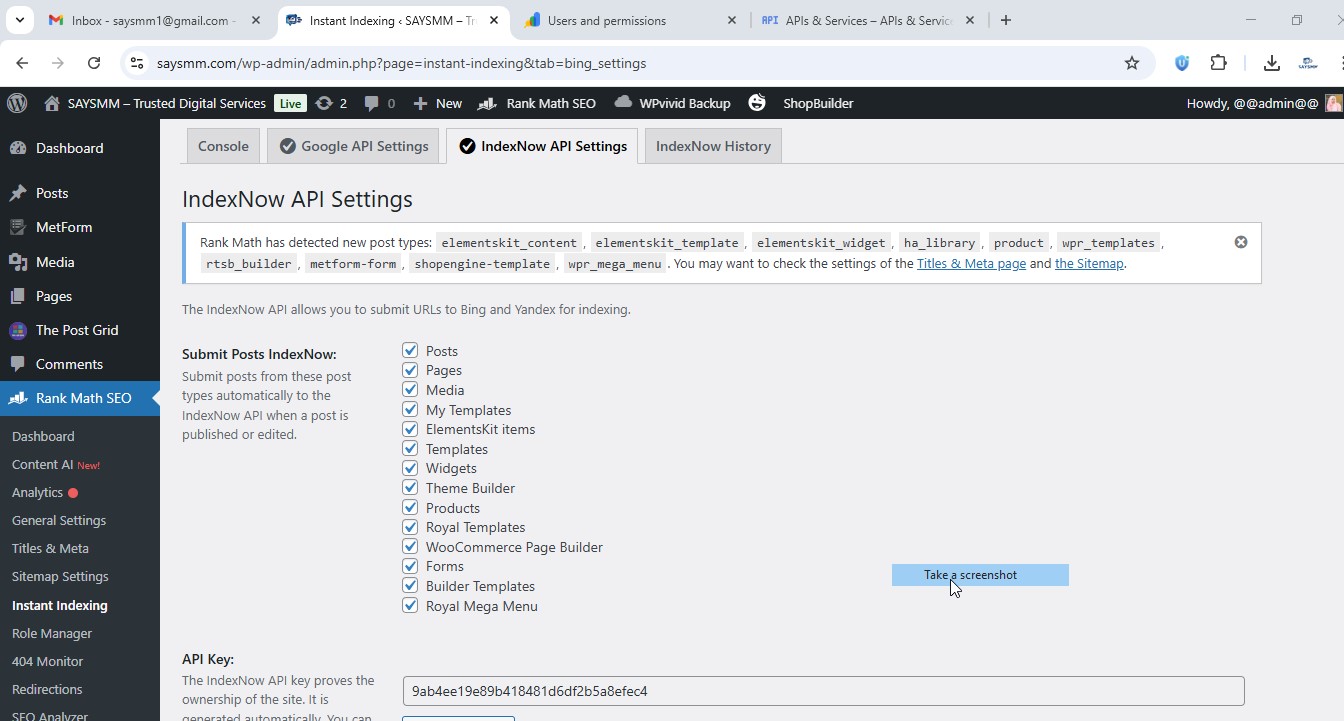
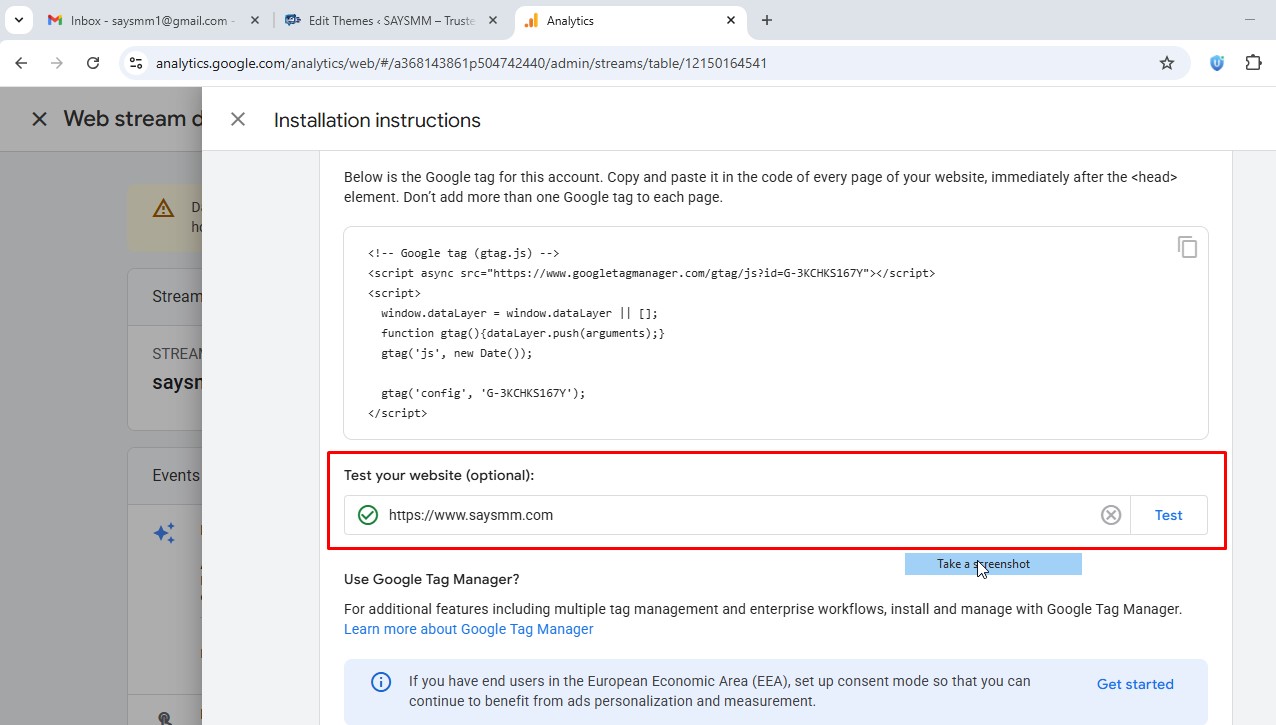
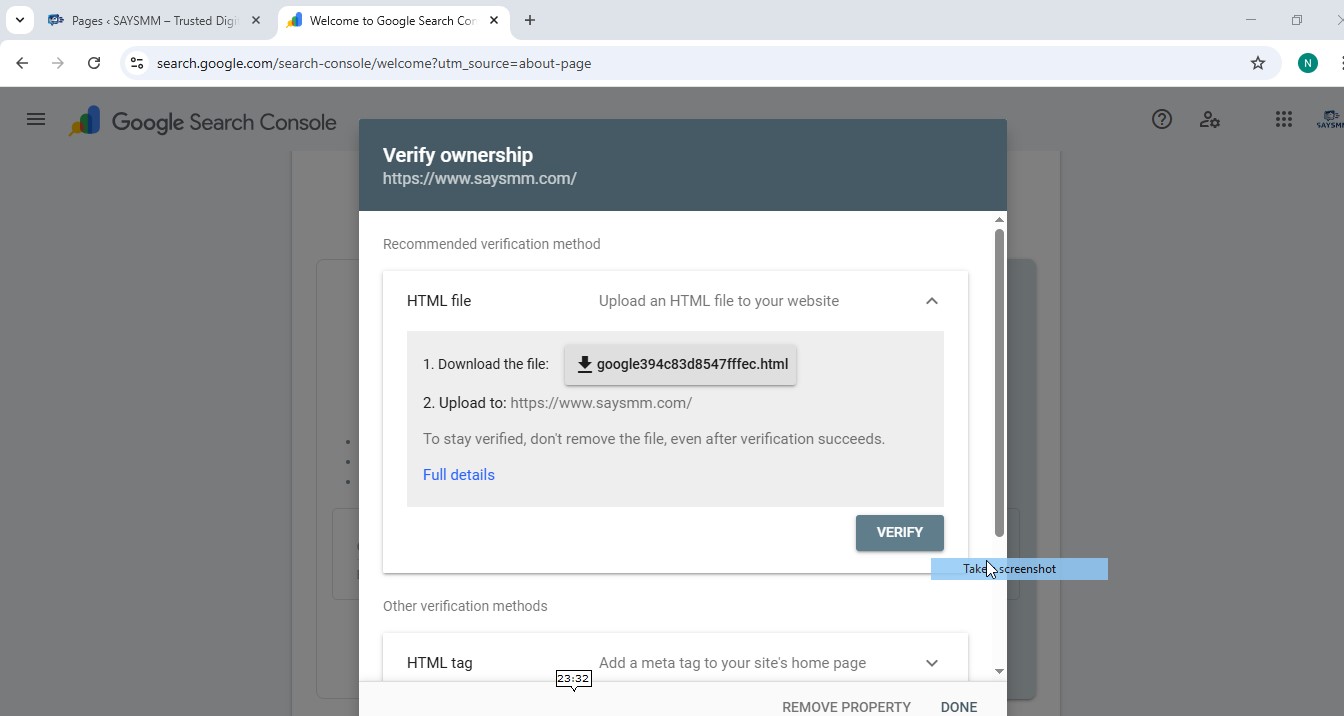
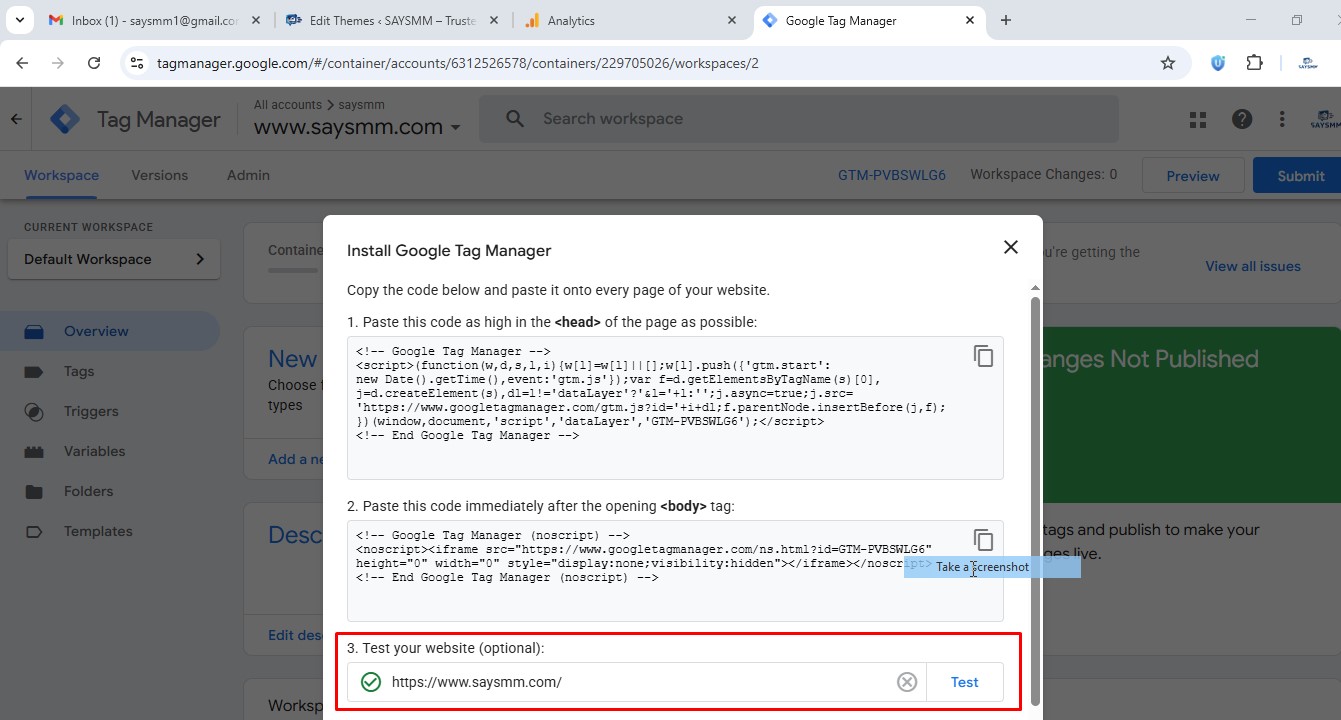
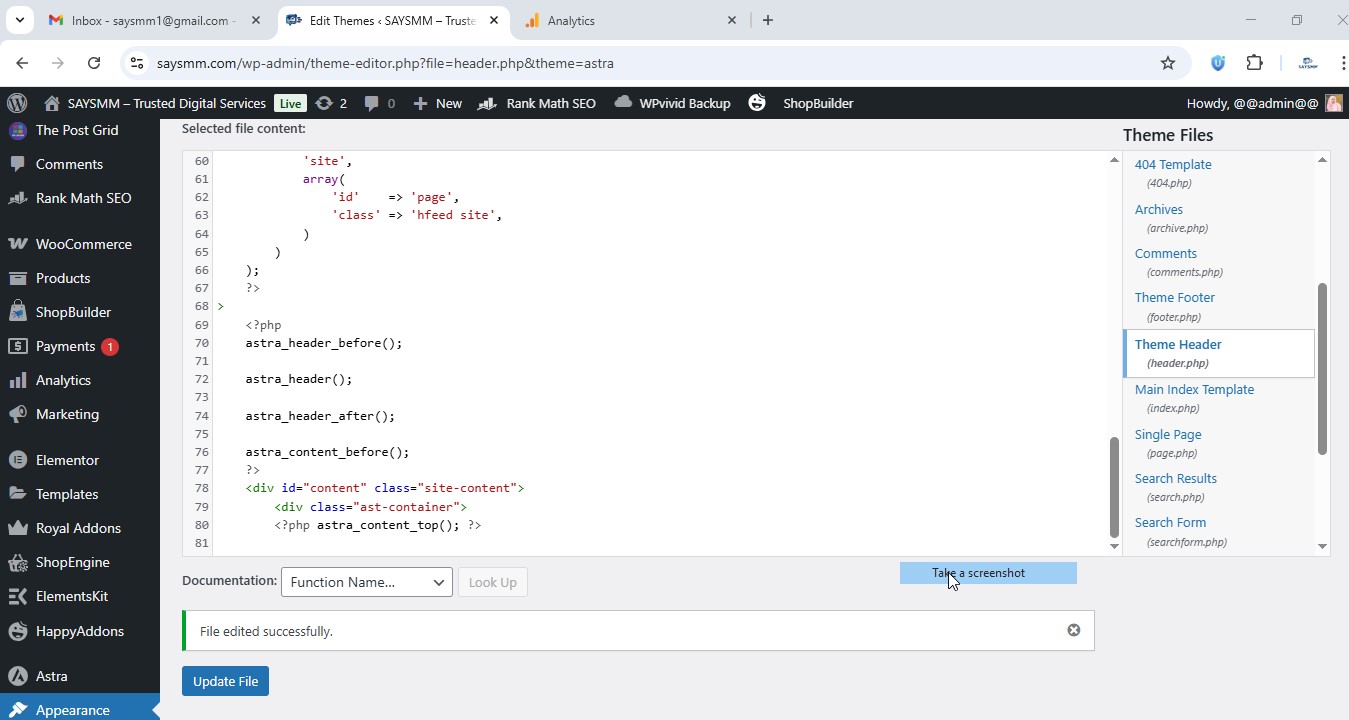
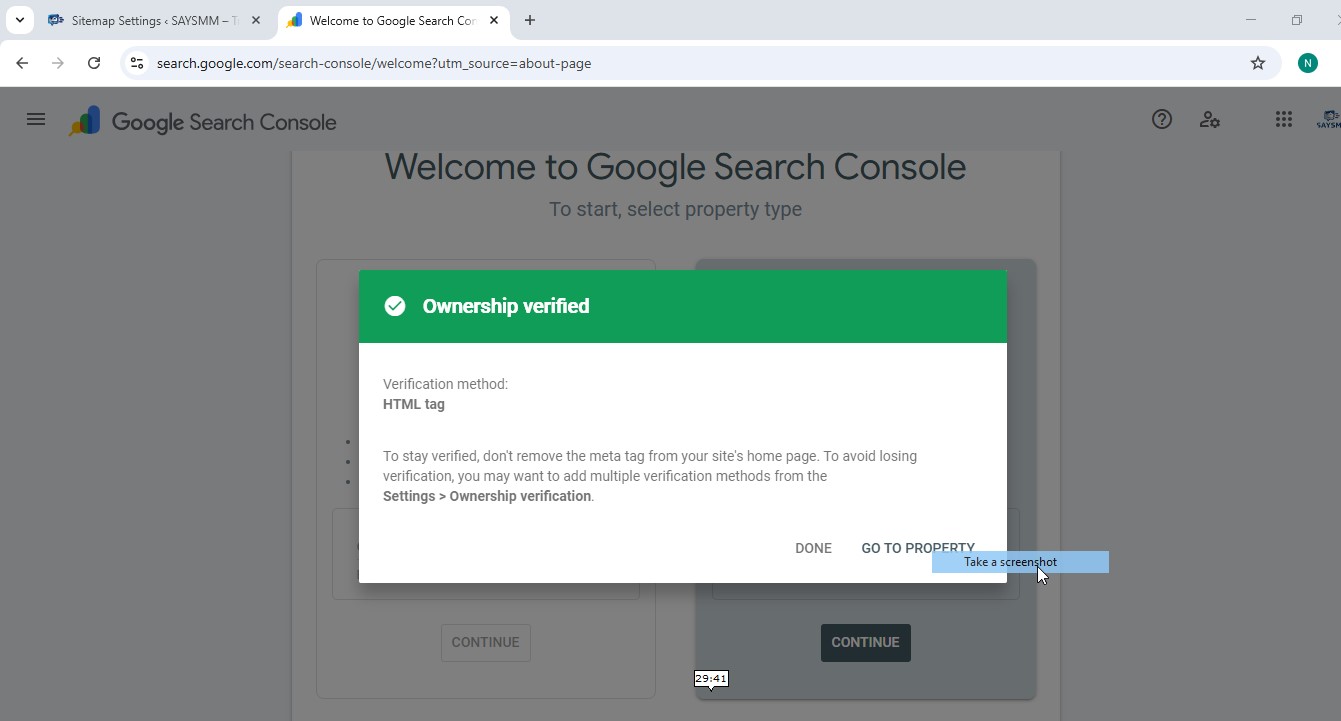
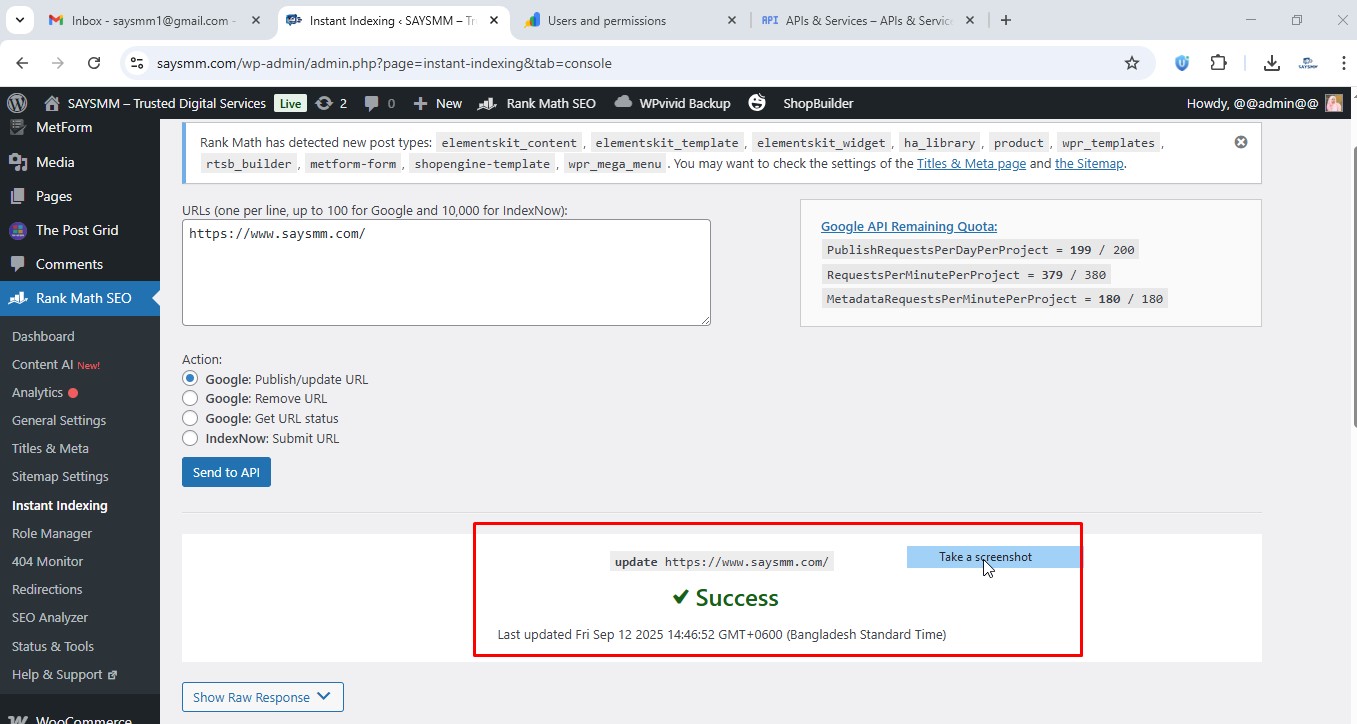
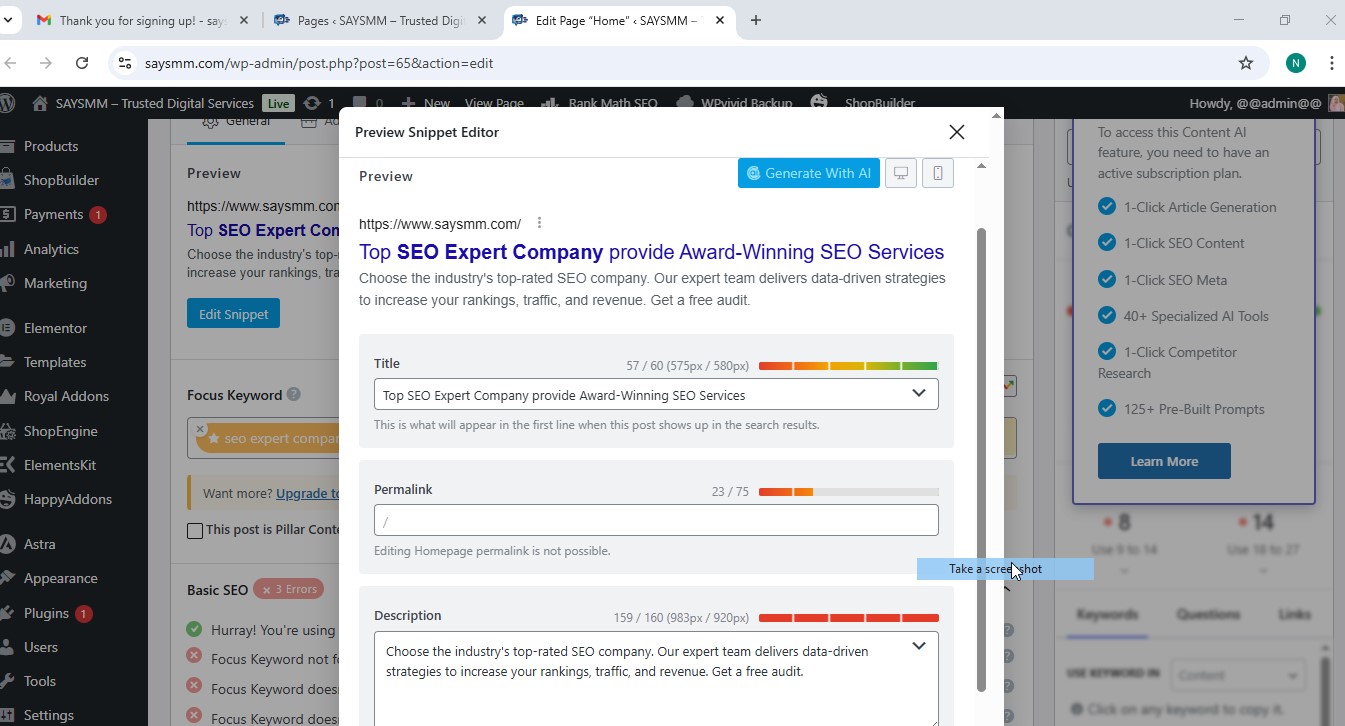
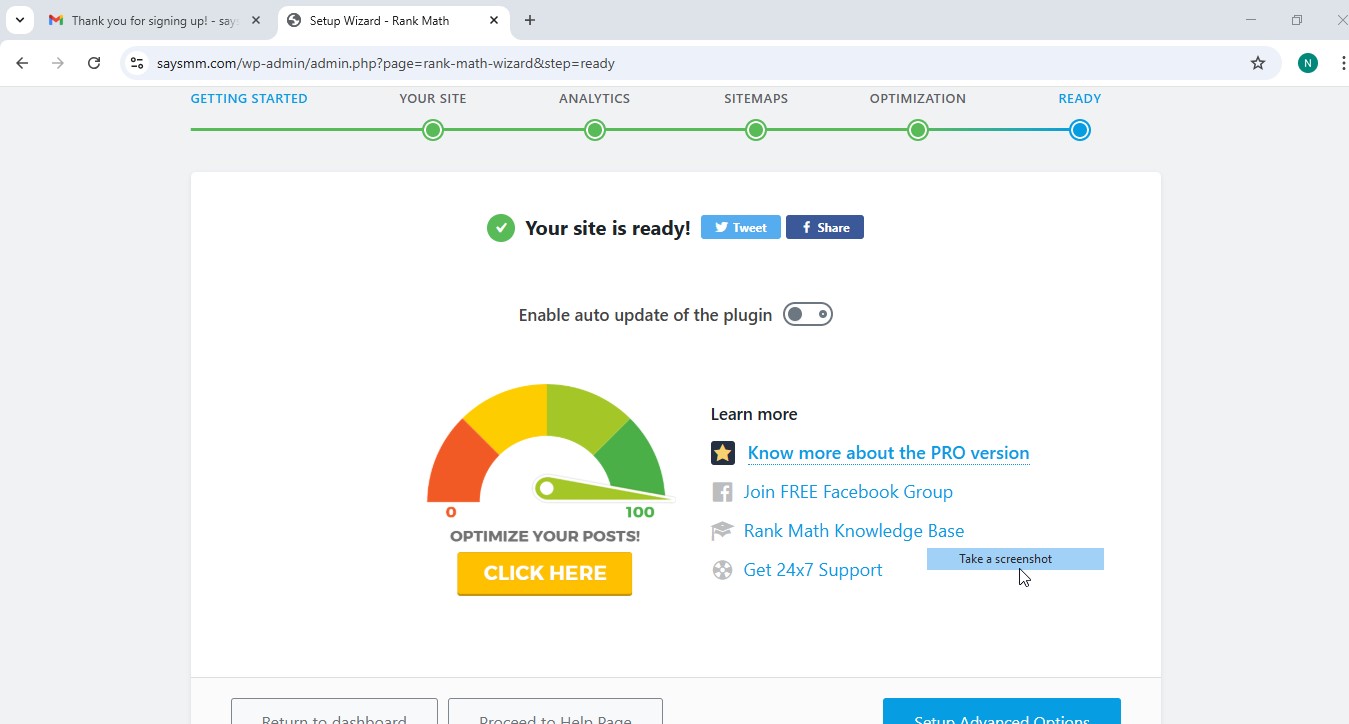
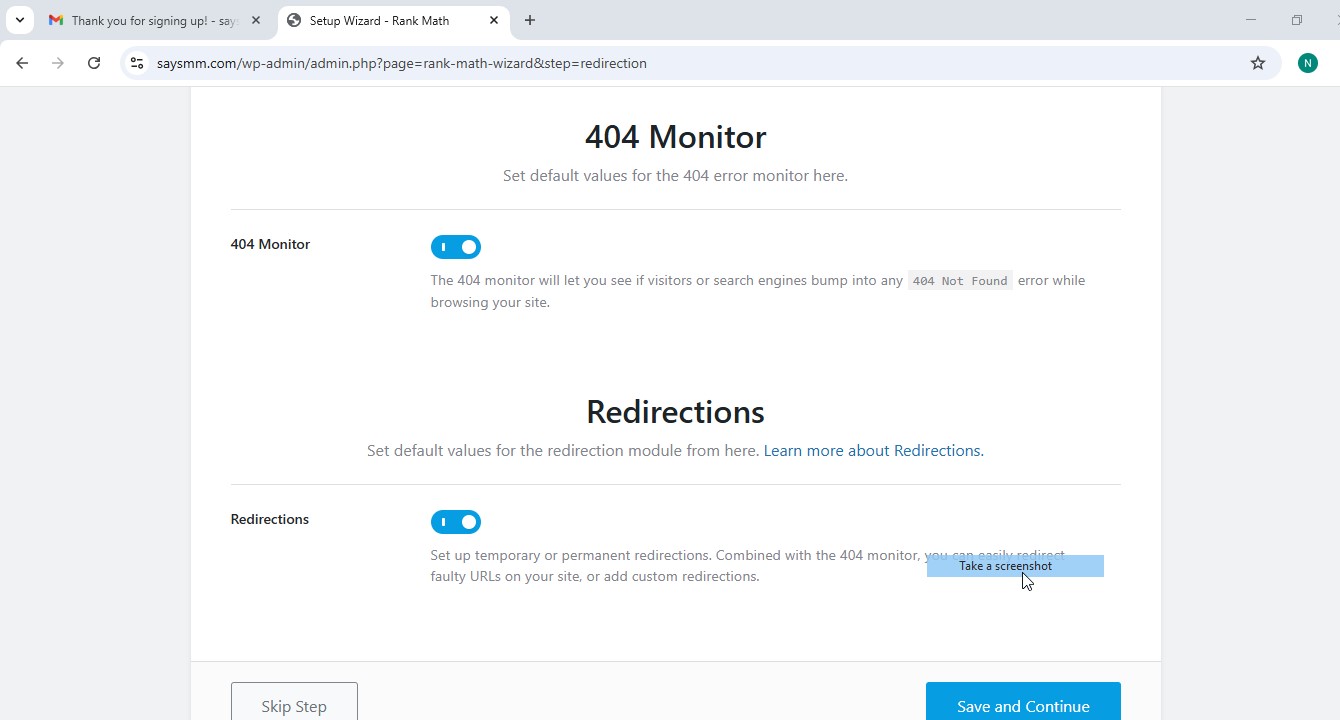
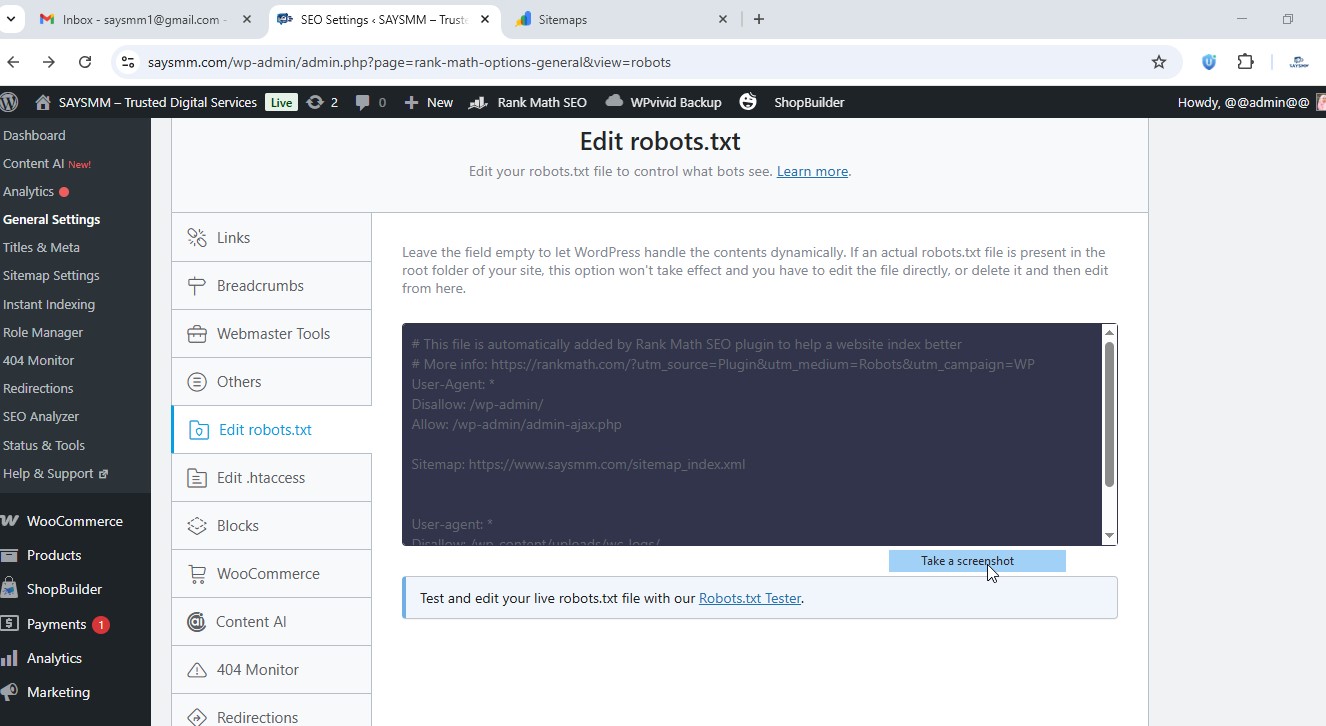
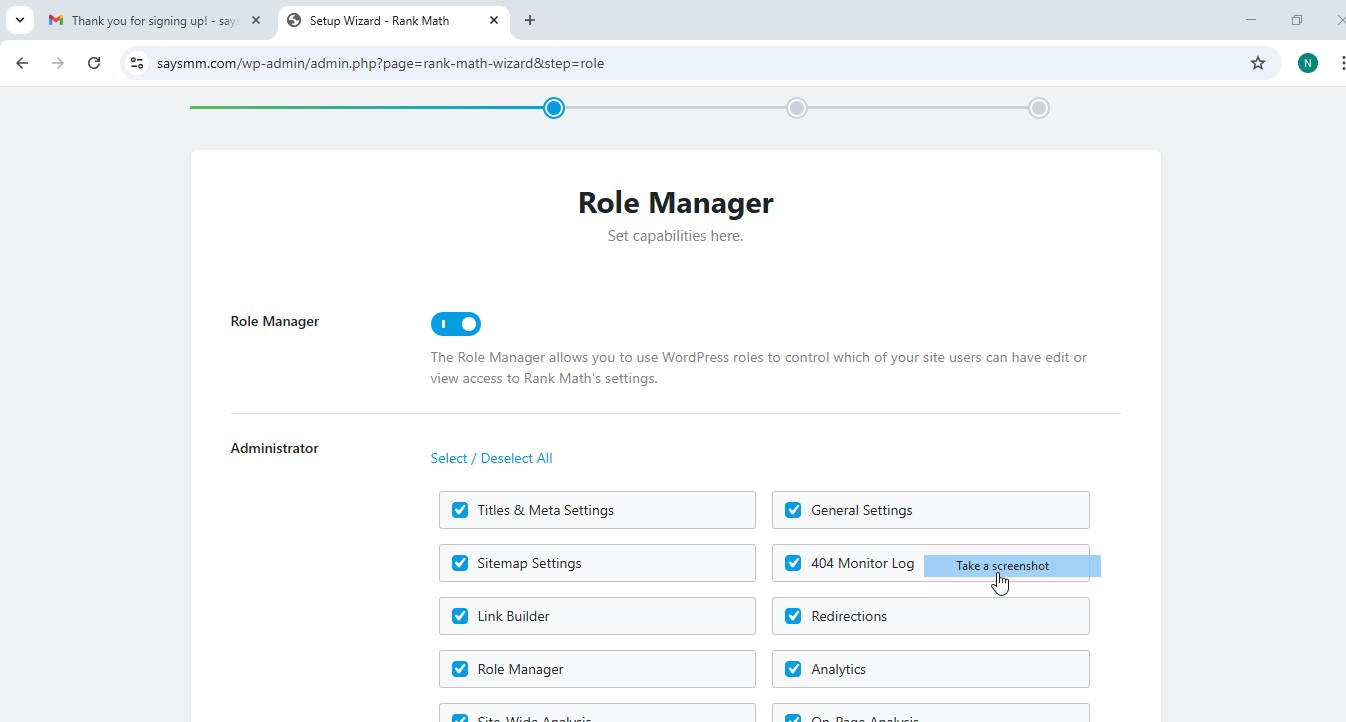
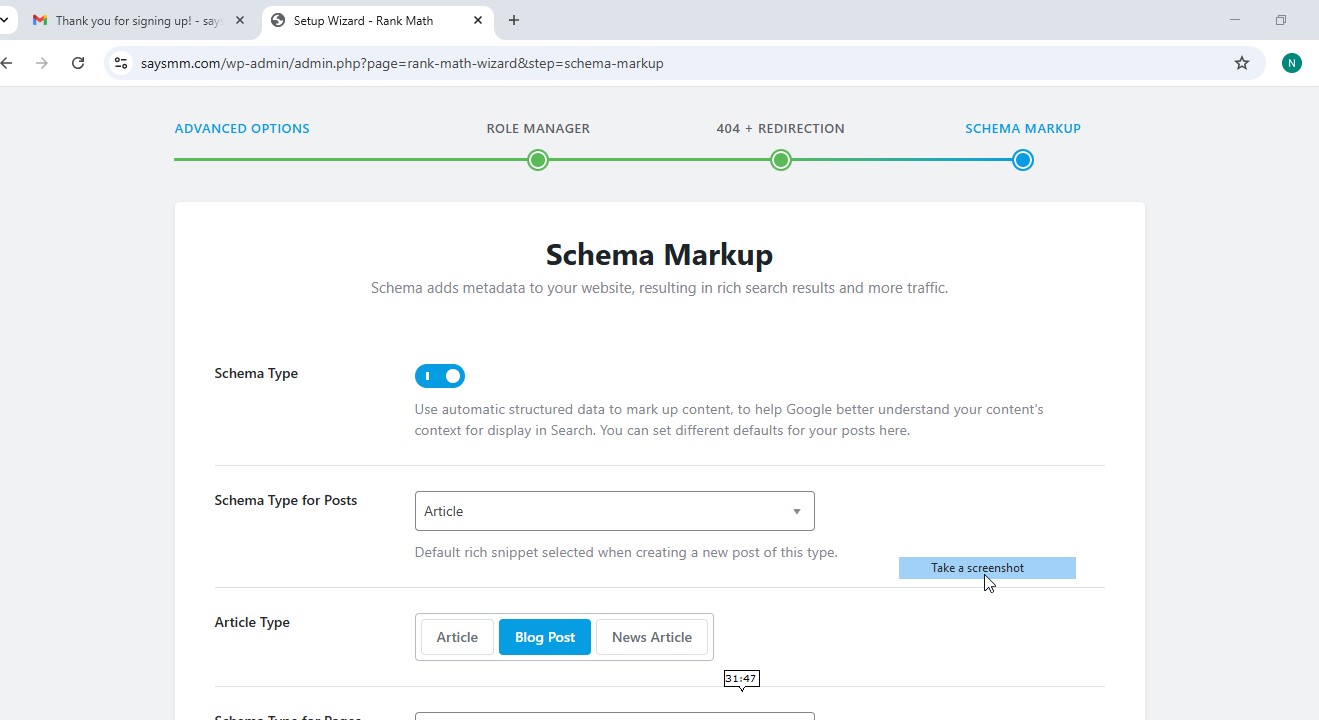
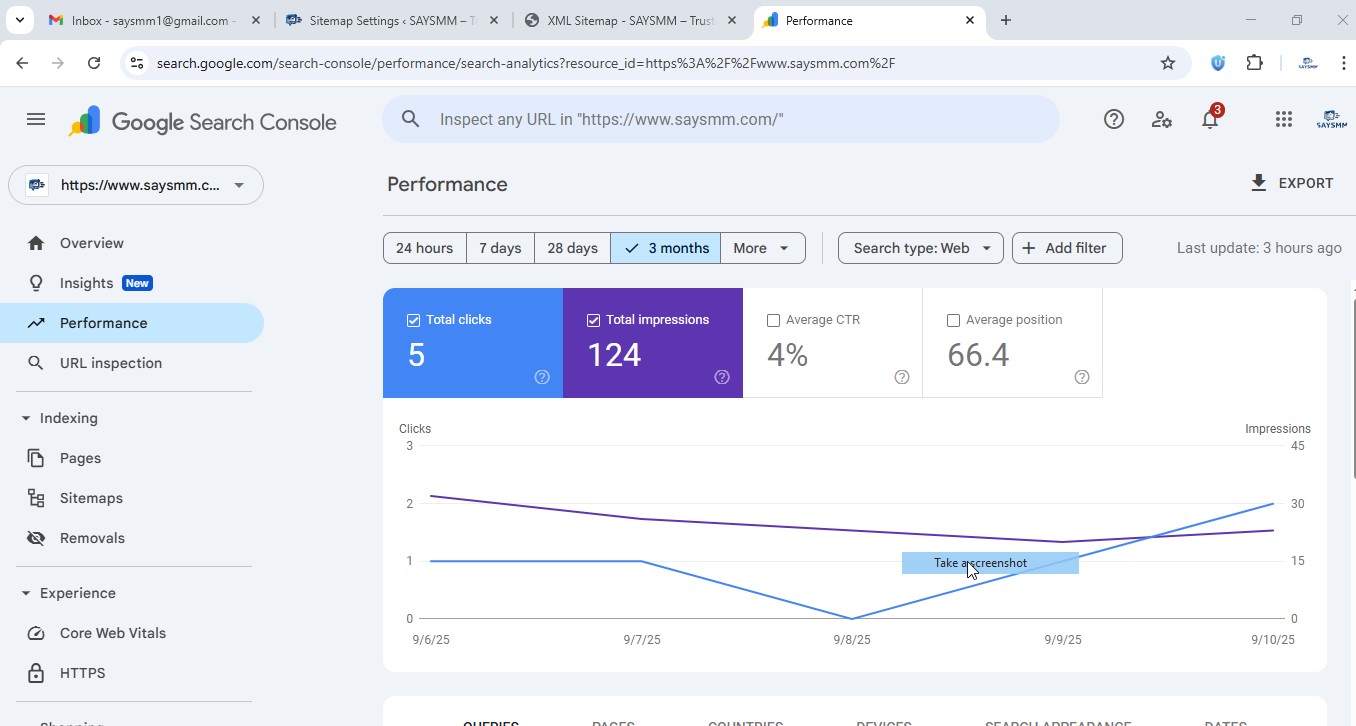
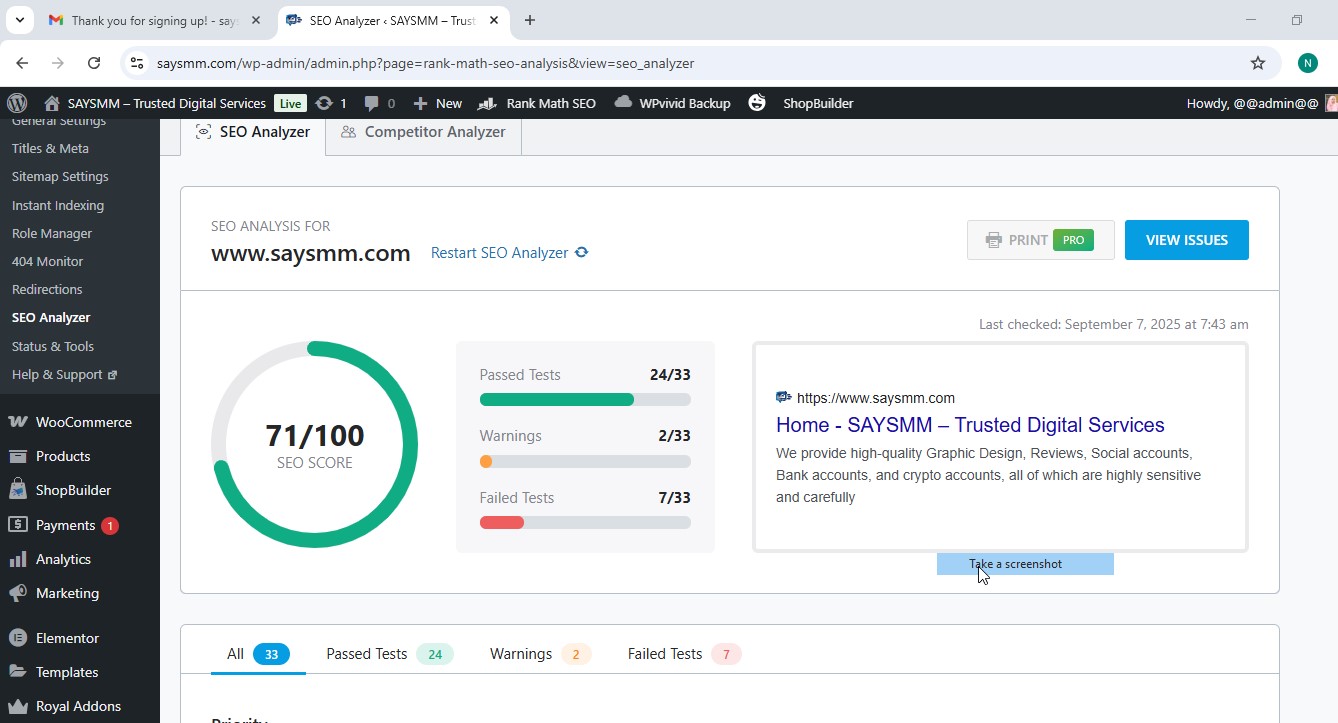
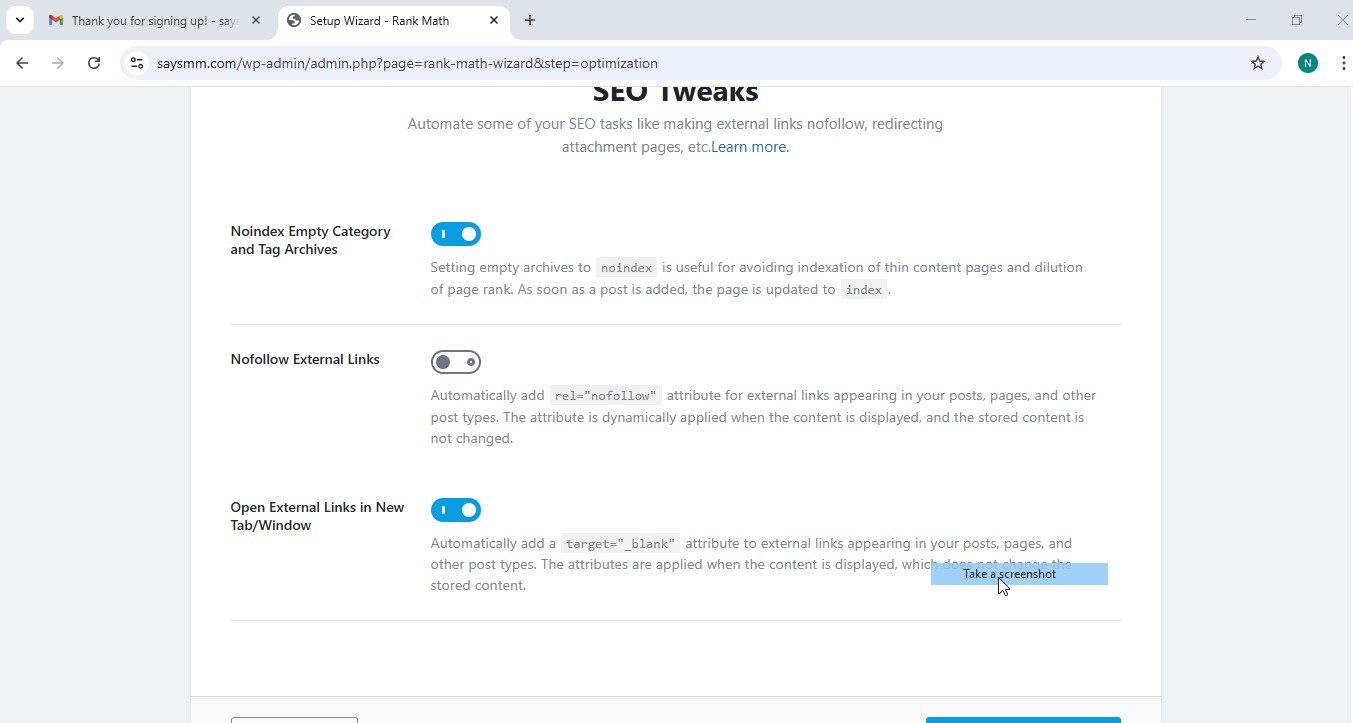
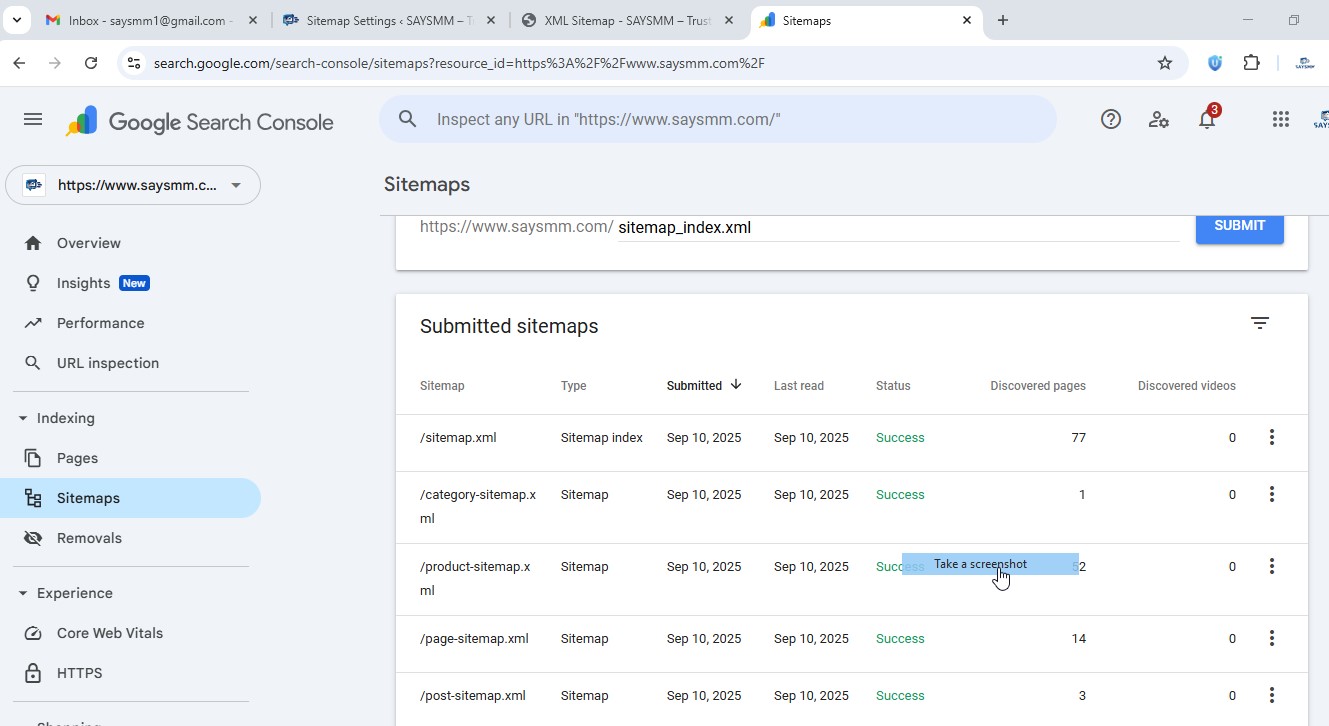
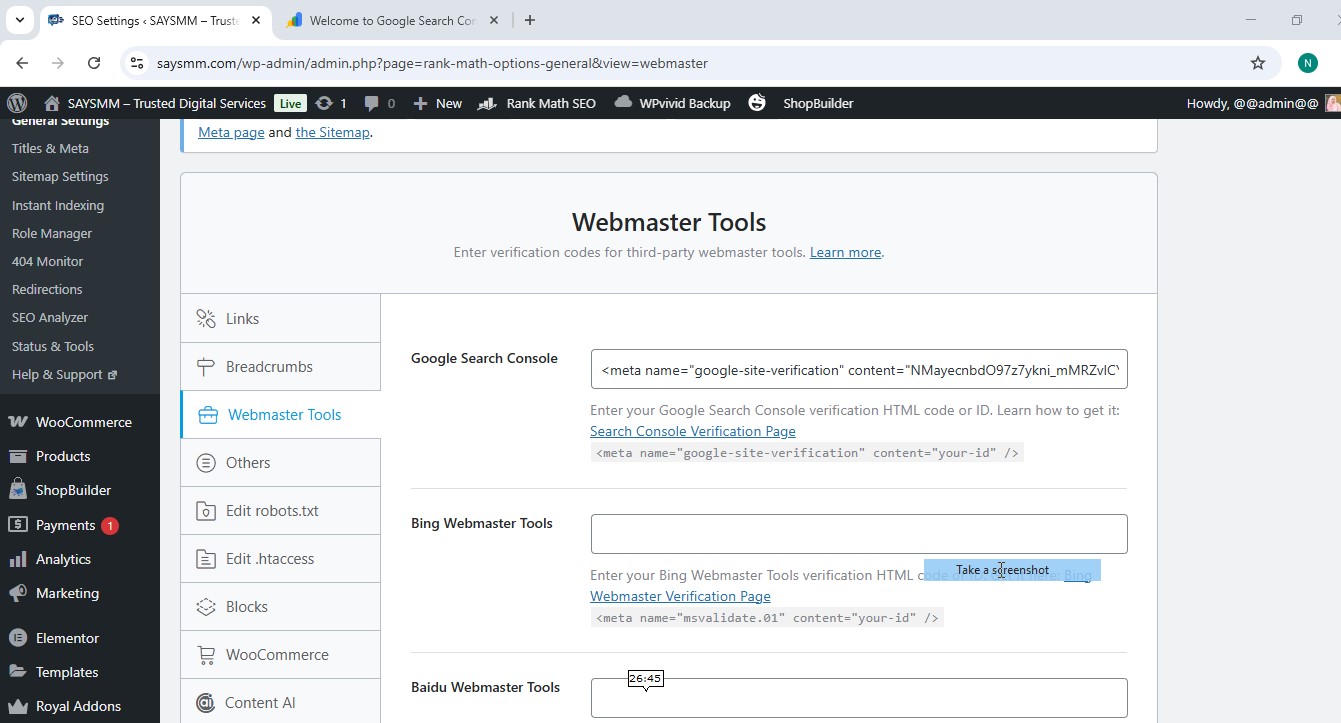
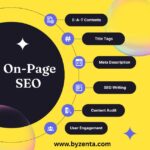
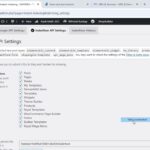
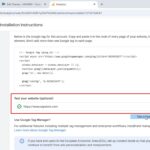
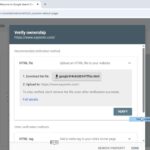
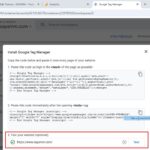

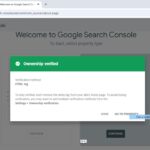
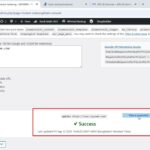
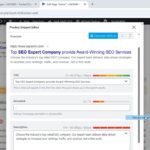
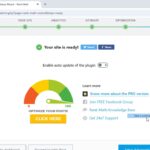
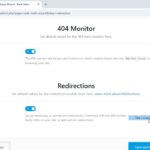

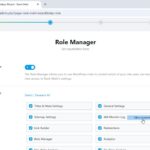
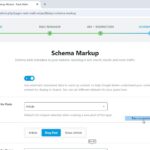
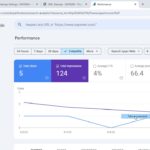
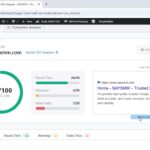
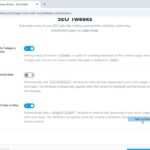
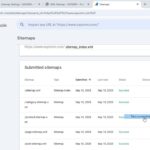
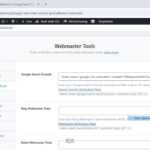
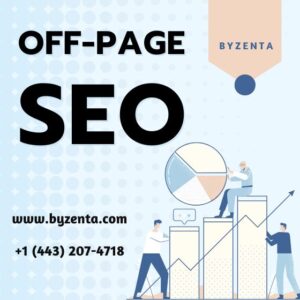

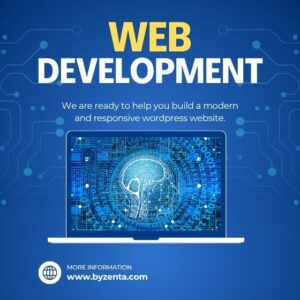
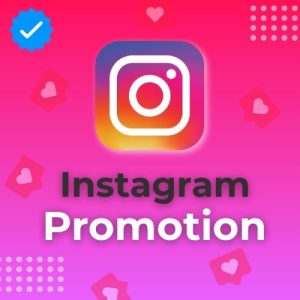

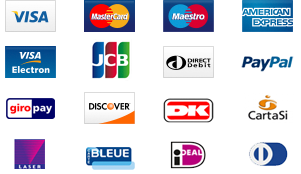
cku313 –
Thank you Byzenta for your professionalism and patience with us. Byzenta did a great job at asking the right questions to get to the end goal.